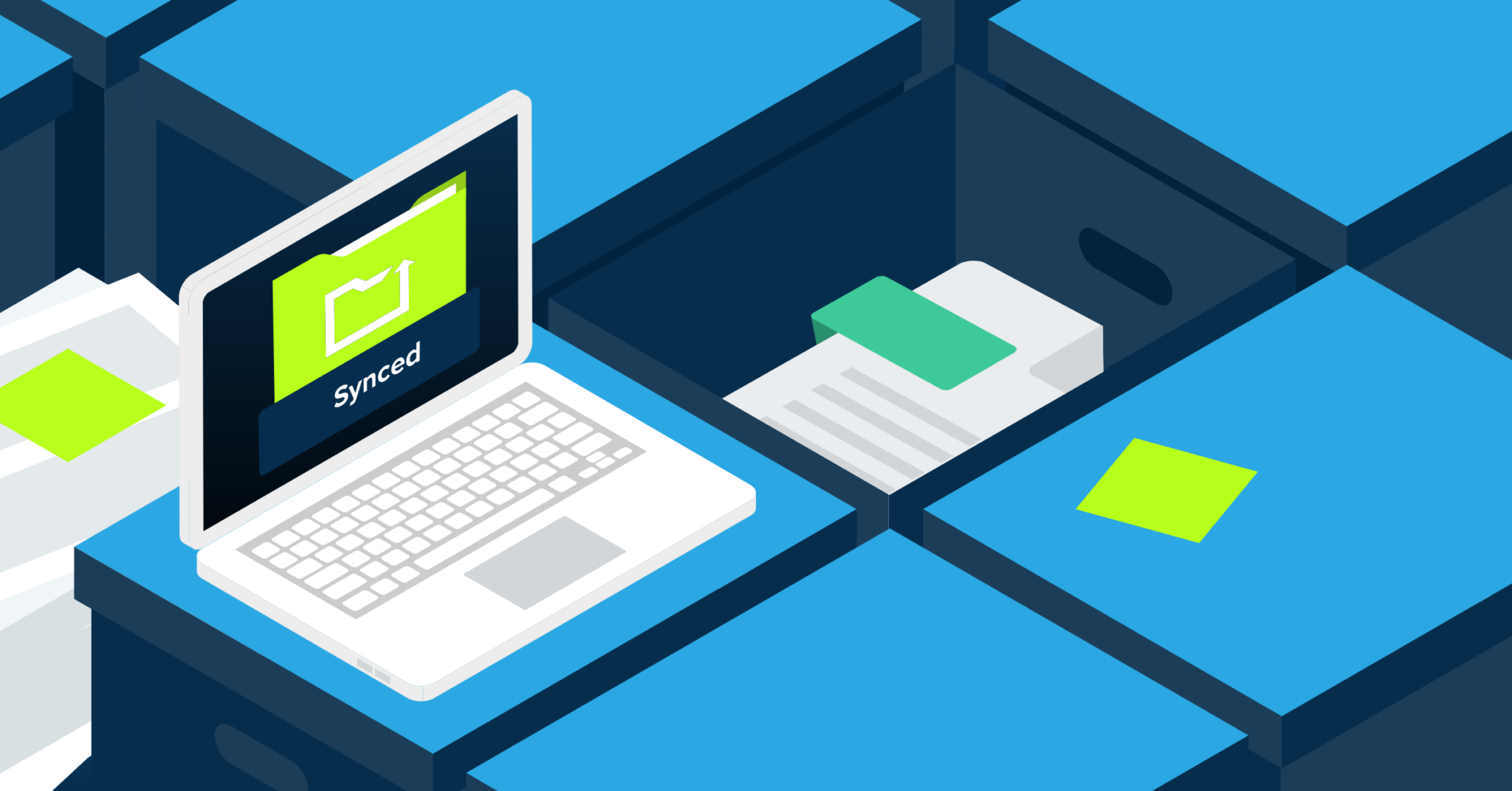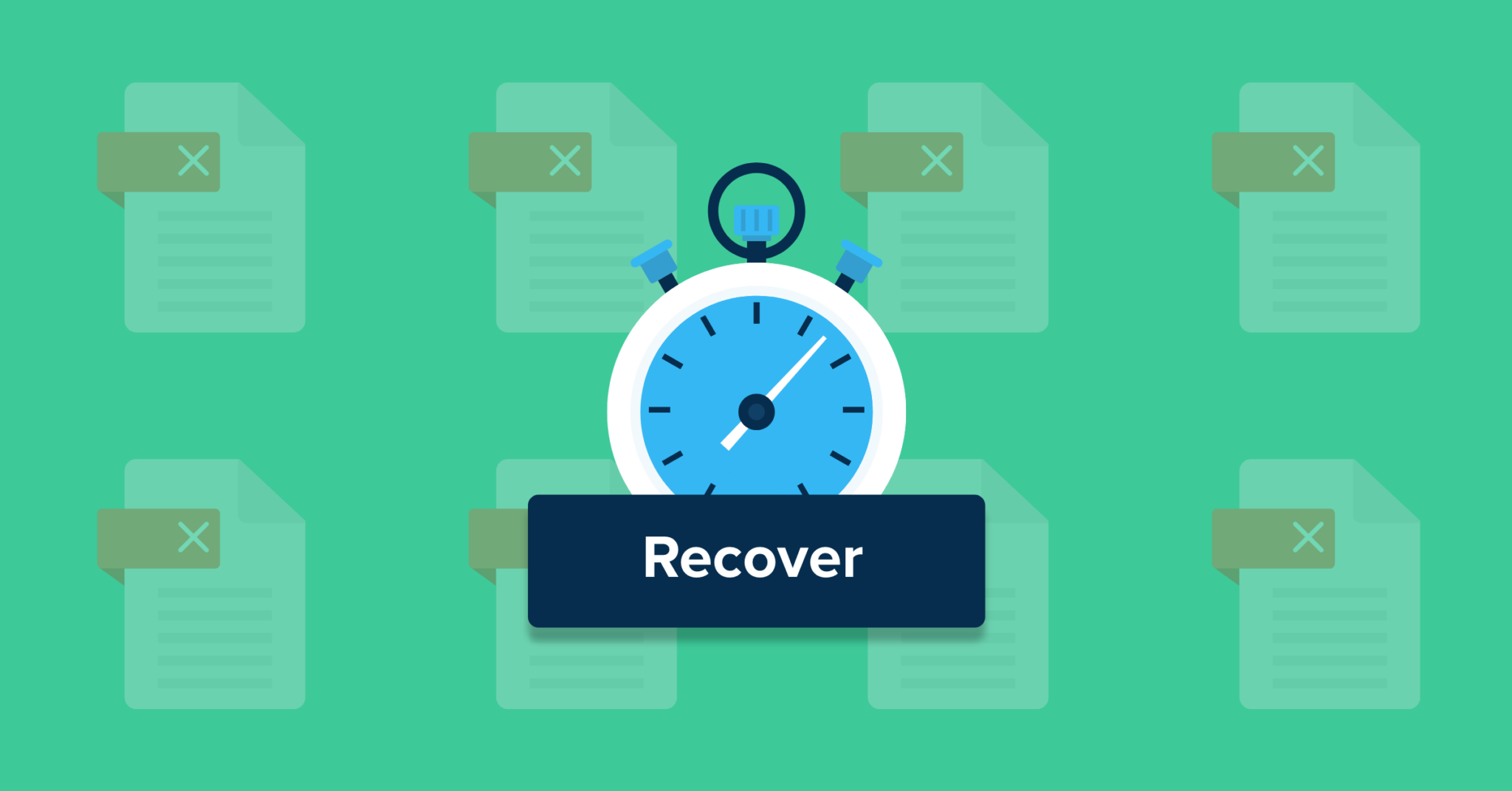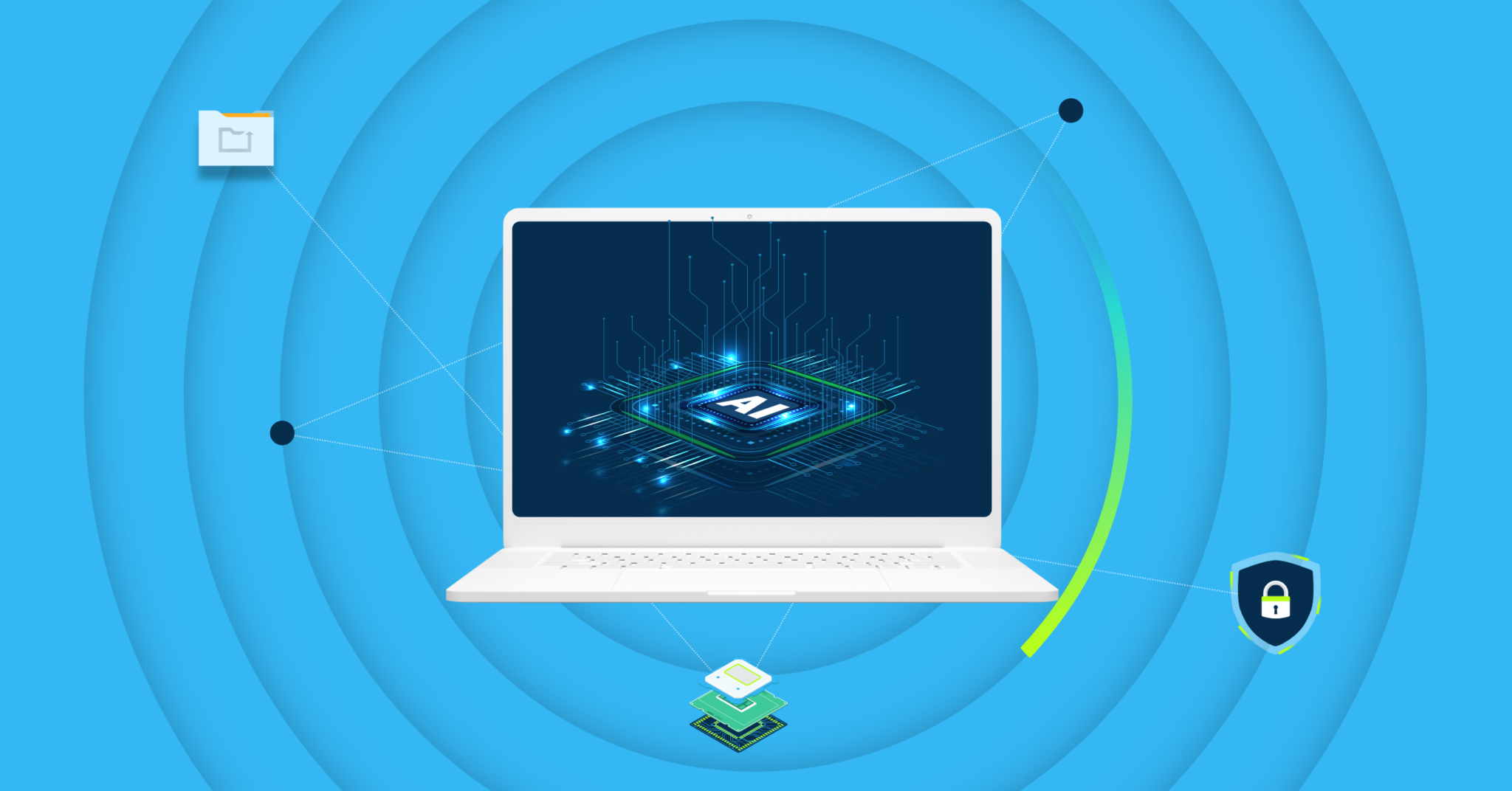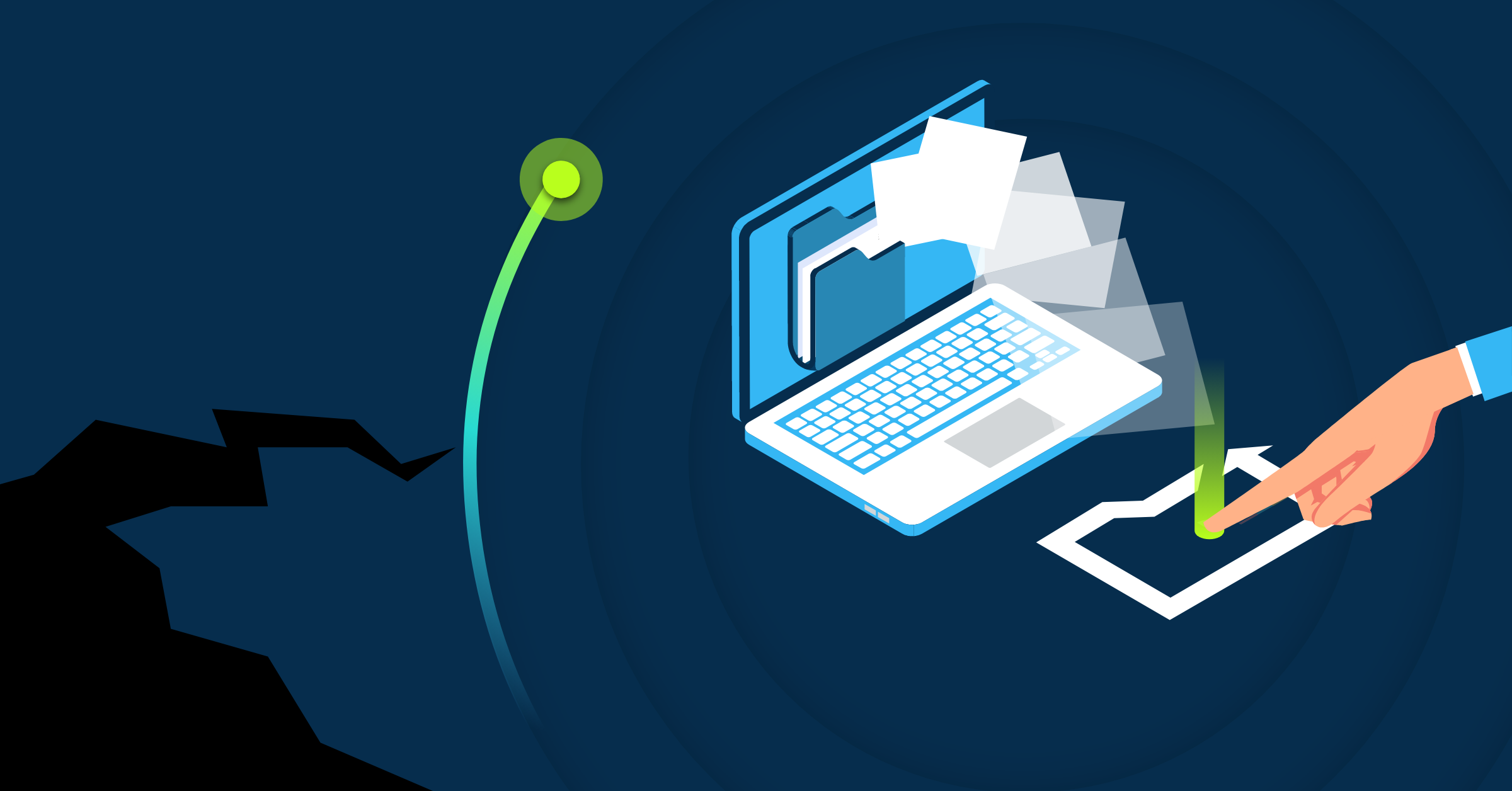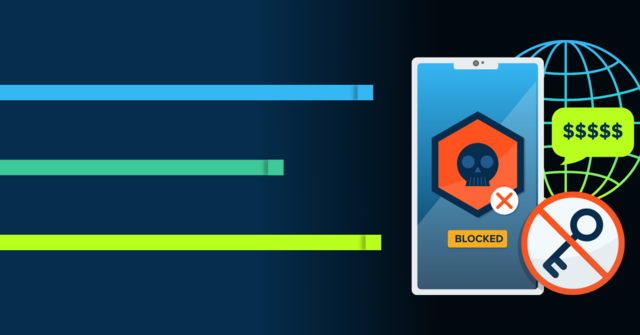
Ransomware Mitigation: 6 Strategies to Minimize Risk
In 2023, ransomware attacks increased by almost 73% from the previous year, with 2,662 reported attacks occurring in 2022 compared to 4,611 in 2023. With no signs of ransomware attacks slowing anytime soon, companies must prioritize ransomware mitigation strategies in their cybersecurity efforts. As you prepare your organization for ransomware attacks, review six of the most important ransomware mitigation strategies to follow.
1. Segment Your Network
If ransomware infects your network, it can spread incredibly fast, resulting in more files being encrypted. With network segmentation, your network is divided into many smaller networks and individual subsystems. This segmentation allows your team to quarantine the ransomware in one section of your network rather than allowing it to spread through it all.
As your IT team segments your network, remember that each smaller network should have firewalls, specialized access features, and security controls to properly isolate the smaller subsystem from the whole. In addition to helping you stop ransomware from spreading, network segmentation will give your IT team more time to identify the threat and properly remove it.
2. Include Your Whole Team in Your Ransomware Prevention Efforts
When companies take steps to prevent ransomware, they often place all their focus on antivirus software and their cybersecurity team’s efforts. While antivirus software alerts and integrated IT/security teams are important, this approach can cause your company to be vulnerable to social engineering techniques. Since 74% of data breaches involve human error, It’s crucial to prepare your entire team for ransomware attacks.
Instead of only tasking your IT team with ransomware prevention efforts, your whole organization should be involved. Your company should regularly hold training meetings on social engineering attacks, focusing on how to spot them and best practices for what to do when encountering them. By ensuring your whole team is on guard for ransomware attacks, you can significantly reduce the chance a phishing attempt or other social engineering technique succeeds.
3. Ensure Your Systems and Software Are Consistently Updated
A common mistake organizations make that opens them up to ransomware is not updating their software and systems after they’re first installed. The longer systems and software aren’t updated, the more likely it is that bad actors spot vulnerabilities and design their ransomware to exploit them. Installing updates and patches as soon as they become available can prevent older security features from being exploited by ransomware and should be a major priority at your organization.
Automatic patching is a fundamental advantage of utilizing a SaaS or cloud solution as a ransomware mitigation strategy. By leveraging automated patching capabilities, organizations can proactively address vulnerabilities and ensure their software is always up-to-date with the latest security fixes. This eliminates the need for manual patching, which is prone to delays, errors, and security risks. Cloud providers constantly monitor and apply security patches across their infrastructure, minimizing the window of vulnerability for attackers. The automated and centralized nature of SaaS/cloud solutions ensures that organizations can respond to vulnerabilities promptly and efficiently, mitigating the risk of ransomware attacks.
4. Don’t Just Rely on Traditional Antivirus Software
While antivirus software can be useful at stopping many types of malware attacks, they don’t excel at preventing highly sophisticated ransomware. Instead of only downloading antivirus software, your team will want to consider implementing endpoint protection solutions that provide the following security measures for greater ransomware protection:
- Endpoint scanning and filtering
- Endpoint detection and response
- Web and email security filtering
- Firewalls
- Network traffic analysis
- Denylisting and allowlisting
- Cloud access security broker
- Intrusion detection and prevention systems
- A robust endpoint backup solution
5. Prepare for “Failure”: Follow the 3-2-1 Backup Rule
Though you should focus on preventing ransomware, another part of a ransomware mitigation strategy is preparing for successful attacks. If you don’t regularly back up your data to a third-party provider’s cloud, a successful ransomware attack could encrypt all of your original files and local backups, meaning you’ll be far more tempted to pay a ransom to get your data back. When you follow the 3-2-1 backup rule, however, you can eliminate the temptation to pay a ransom and access your data immediately after removing ransomware from infected devices.
The 3-2-1 backup rule states that you should keep three copies of your data on two different media types, with at least one of your copies stored off-site. If you have an endpoint backup solution provider, you can easily follow this rule by allowing the provider to back up your data and store a copy in their off-site servers. Then, when a ransomware attack infects your devices and encrypts your files, you can simply remove the ransomware and restore the lost, encrypted files from your provider’s cloud, ensuring you never feel tempted to pay a ransom.
6. Conduct Ransomware Testing
“No plan survives first contact with the enemy” – so it’s a good idea to test your plan before encountering the real thing. That’s what penetration testing is for.
If you want your team to respond quickly and effectively to a successful ransomware attack, you’ll need to conduct penetration testing. Ransomware penetration testing involves simulating a ransomware attack at your organization, evaluating your team’s preparedness for an attack, determining how at risk you are to attacks, and making recommendations for improvement to your existing plans. Robust ransomware testing efforts will include a full penetration test, a technical ransomware assessment, and a non-technical ransomware assessment.
Penetration testing on its own isn’t a comprehensive approach to ransomware security. You’ll also want to have an incident response plan in place that your entire team follows after a ransomware attack to mitigate damage. Instead of just siloing the tests to your IT and security teams during a readiness test, have your whole organization involved to ensure they know what to do after ransomware infects your devices or network. During these readiness drills, test your entire security architecture and your team’s response to it to find potential weaknesses.
Choose CrashPlan for Ransomware Recovery Solutions
If you’d like to implement the 3-2-1 backup rule at your organization to mitigate the threat of ransomware and protect your files, turn to CrashPlan. Our endpoint backup solutions allow you to automatically back up your files every 15 minutes and quickly recover files after a ransomware attack. We protect all the data we back up while it’s in transit or at rest with leading security features to keep your data secure.Learn more about our ransomware recovery solutions today. If you’d like to give our endpoint backup solutions a try, please sign up for our free trial.


